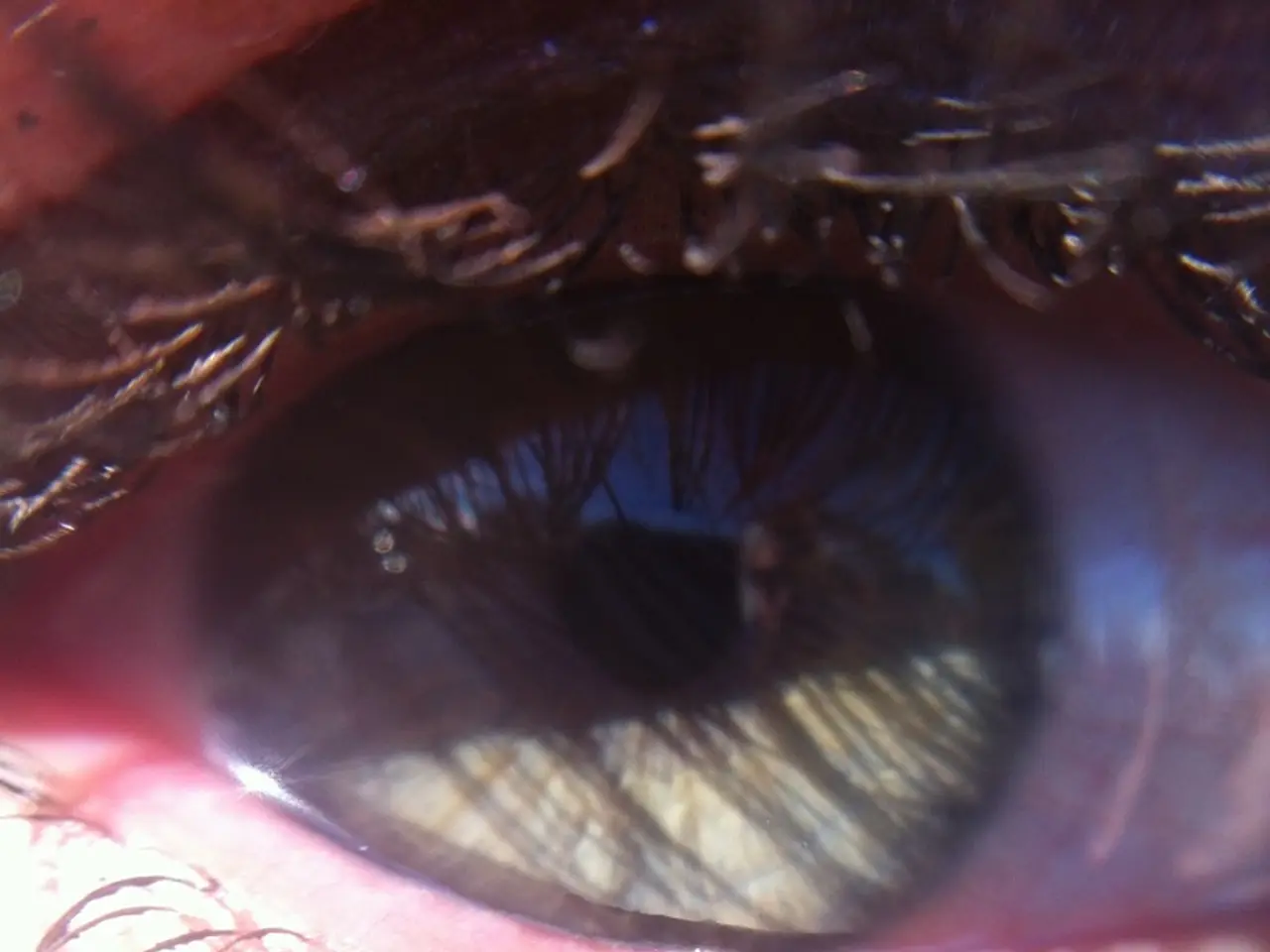Rare Facial Muscle Disorders Identified: Moebius & Poland Syndromes
Two rare, non-progressive disorders affecting facial muscles and development have been identified by medical science. Moebius Syndrome, first described in 1888, and Poland Syndrome, first identified in 1841, present unique challenges to individuals born with these conditions.
Moebius Syndrome, named after German neurologist Paul Julius Möbius, is characterised by bilateral facial palsy, horizontal gaze palsy, and anomalies of the mouth, face, and muscular system. Those affected find it difficult to look in the same direction or make eye contact due to muscle control issues. Diagnosis occurs during a complete newborn examination, with no specific test available. The exact cause is unknown, but it's believed to be a combination of genetic and environmental factors. Estimates suggest it affects around 1 in 50,000 to 1 in 500,000 newborns, with no specific distribution patterns noted in Poland.
Poland Syndrome, named after Polish physician Alfred Poland, is characterised by partial or complete absence of the pectoral muscle and ipsilateral upper limb anomalies. It can also cause facial asymmetry and difficulty raising or lowering eyebrows. Muscle atrophy can lead to feeding problems in early infancy. The exact incidence is not known, but it's considered a rare congenital anomaly with unilateral hypoplasia of facial muscles and ipsilateral upper limb anomalies.
Both Moebius Syndrome and Poland Syndrome are rare, non-progressive disorders that affect the muscular system and development. While they present unique challenges, early diagnosis and support can help individuals manage these conditions effectively. Further research is needed to understand the causes and improve treatment options.





